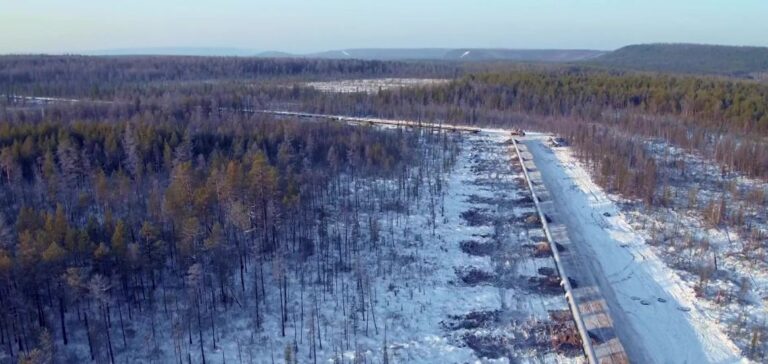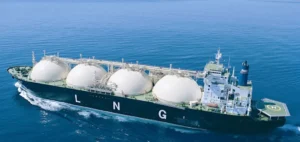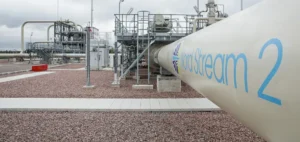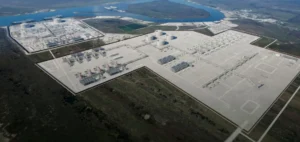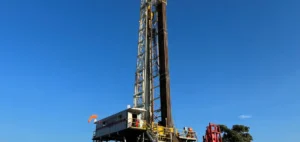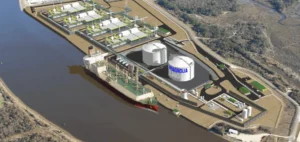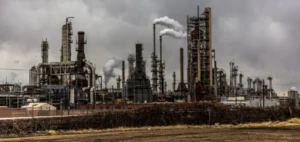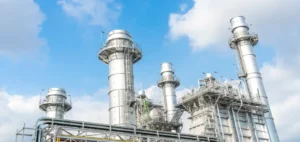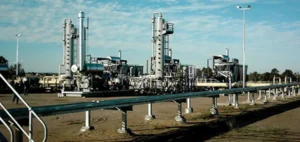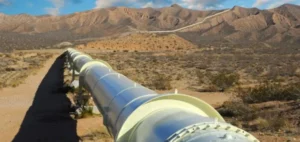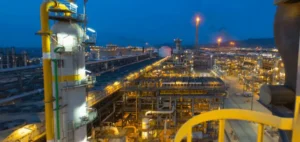Russian energy giant Gazprom is set to export a record 40 billion cubic meters (Bcm) of gas to China in 2024.
This increase in exports strengthens Russia‘s position as China’s main gas supplier, marking a milestone in energy cooperation between the two nations.
Pipeline and LNG delivery
According to Alexander Novak, Russia’s Deputy Prime Minister, Gazprom will deliver around 30 Bcm of gas to China via the Power of Siberia pipeline this year.
The remaining 10 Bcm will come from liquefied natural gas (LNG) exports.
Data from S&P Global Commodity Insights indicate that Russian LNG exports to China have already reached 5 Bcm in 2024, from the Yamal LNG, Sakhalin 2 and Portovaya LNG projects.
Capacity Expansion
Russia is already looking to the future with expansion plans.
Gazprom plans to start exporting 10 Bcm/year of gas to China via a new route in the Far East by 2027.
Gas consumption in China, which reached 405 Bcm in 2023, is set to double by mid-century, boosting demand for Russian gas.
Changes in Russian Gas Exports
The majority of Russia’s pipeline gas export capacity was initially destined for Europe.
However, sanctions and political tensions have prompted Gazprom to diversify its markets.
The construction of the Power of Siberia 2 pipeline, with a planned capacity of 50 Bcm/year, illustrates this diversification strategy.
In 2023, exports via the first Power of Siberia pipeline totaled 22.7 Bcm, up from 15.4 Bcm in 2022.
Since the start of exports in 2019, Gazprom has gradually increased volumes, demonstrating the reliability and growing importance of this energy corridor.
Market Impact and Future Outlook
Spot LNG prices for deliveries to Northeast Asia remain high, with the Platts JKM reference price valued at $12.01/MMBtu in July 2023.
This situation could further boost Russian LNG exports to China, offering an economical and reliable alternative.
With gas deliveries to Europe declining, Gazprom has also stepped up supplies to close neighbors such as Uzbekistan and Kyrgyzstan.
Gazprom’s global gas production has fallen to 359 Bcm in 2023, but the strategy of redirecting supplies to Asia seems to be bearing fruit.
The steady increase in Russian gas exports to China strengthens Russia’s position in the Asian energy market.
As Chinese demand continues to grow, cooperation between the two countries is set to strengthen, with ambitious projects and strategic investments.


